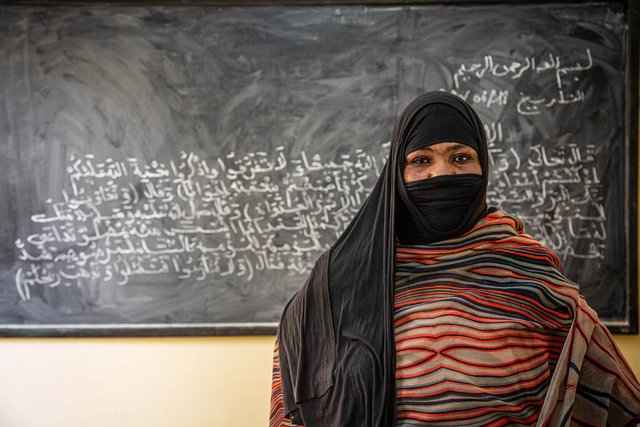Crowdsourcing teacher innovations
In November 2020 the OECD, UNESCO and the Teacher Task Force issued an invitation for teachers, teacher educators and school leaders to submit videos in which they were asked to identify innovative responses that they developed as a response to COVID-19. The idea behind identifying and leveraging these innovations was to:
- Support other teachers who are facing similar changes and challenges around the globe.
- Shape society’s efforts to build stronger classrooms for the future.
- Recognise the unwavering dedication and commitment of the profession.
In particular, the teachers, teacher educators and school leaders were asked to respond to the following questions:
- What innovations in your teaching are you most proud of?
- What new forms of collaboration with your peers have been most helpful?
- What have you learnt and what will your teaching look like in the future?
At the end of the campaign in February 2021, over 100 videos were submitted from 25 countries in 11 languages. The contributions are remarkably diverse and are available on the OECD’s Global Teaching InSights platform.
Overarching themes
Many of the following themes were covered in the teachers’ submissions:
- Different ways to manage the classroom to ensure learning continuity
- Providing learners with social-emotional support and building resilience
- Developing new instructional practices and tackling learning gaps
- New ways of collaborating with peers
Identifying and leveraging the most promising innovations
The international teaching community is now able to watch and engage with videos through the OECD’s Global Teaching InSights platform.
Alongside an international panel of experts, teachers have the opportunity to identify the innovations that can have a long-lasting impact at scale by filtering the videos by themes and key words.
A series of conversations is planned to bring together teachers, school leaders, policymakers and researchers to discuss the leading ideas and innovations of these videos and what they mean for education going forward. Visit the Conversations on Teaching event post to know the details.
Watch the recording of the first two Coversations:
Conversation on Teaching during COVID-19 - Learning continuity and innovative pedagogy, which took place 8 April 2021.
Conversation on Teaching during COVID-19 - Social-emotional support in a time of crisis, which took place 15 April 2021:
Closing Webinar: Rethinking the classroom after COVID-19: Insights and innovations from teachers (28 April 2021):
